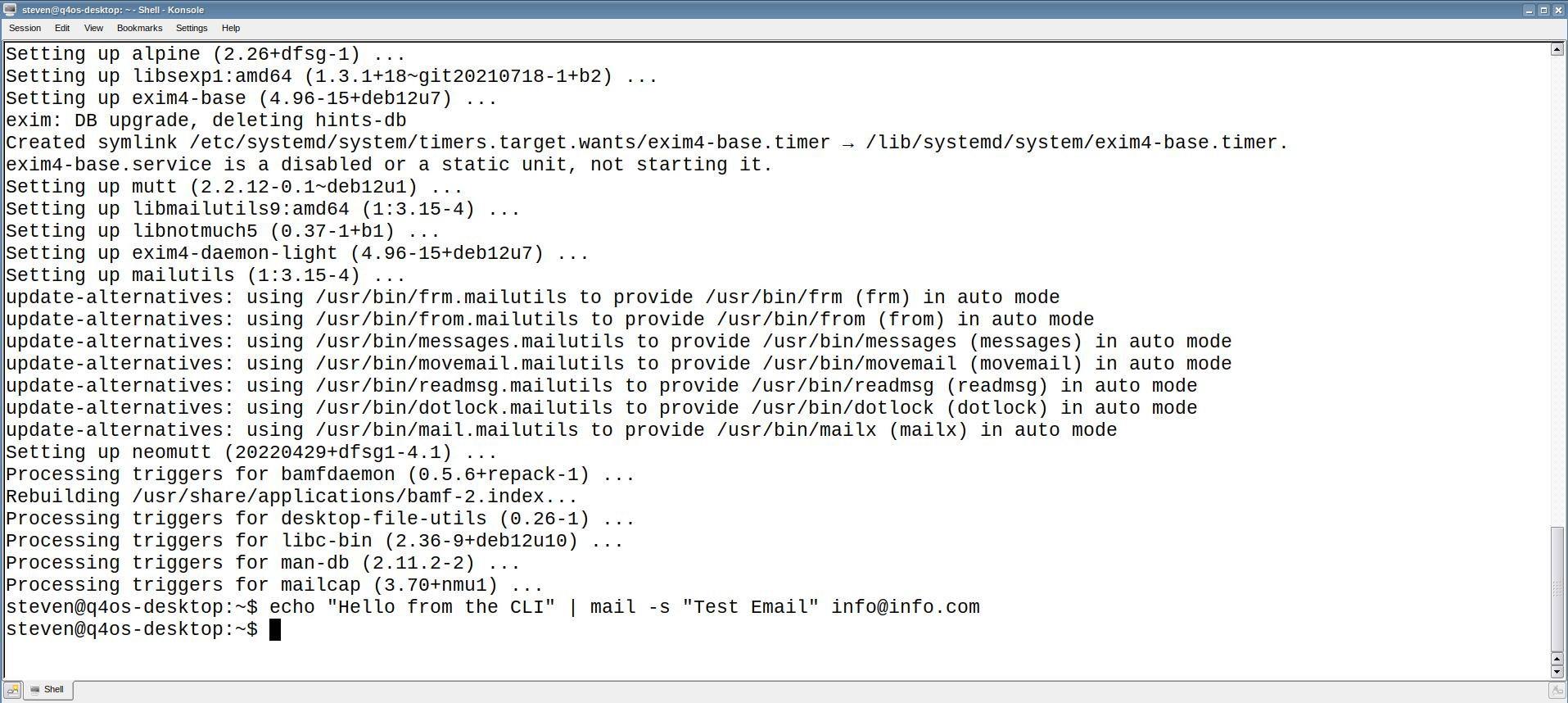What is the Linux Kernel?
The Linux kernel stands as the beating heart of the open-source operating system, powering millions of devices worldwide. Developed by Linus Torvalds in 1991, the kernel serves as the core component responsible for managing system resources and facilitating communication between software and hardware. In this article, we will explore the Linux kernel, its architecture, key components, and its role in the broader open-source ecosystem.
- Definition and Purpose:The Linux kernel is the foundational layer of the Linux operating system. Its primary purpose is to act as an intermediary between software applications and the computer’s hardware, ensuring efficient utilization of resources and enabling seamless communication between various system components.
- Kernel Architecture:The Linux kernel follows a monolithic architecture, where essential operating system functions are part of a single, large executable binary. This design choice allows for better performance and tighter integration between components. Key components of the kernel include:
- Process Scheduler: Manages the execution of processes, allocating CPU time based on priority and scheduling policies.
- Memory Management: Handles the allocation and deallocation of system memory, ensuring efficient use of RAM and virtual memory.
- Device Drivers: Serve as interfaces between the kernel and hardware devices, allowing the operating system to communicate with peripherals such as printers, disk drives, and network cards.
- File System Management: Controls file access, storage, and retrieval, managing the file hierarchy on storage devices.
- Open Source Collaboration:One of the Linux kernel’s defining features is its open-source nature. Thousands of developers worldwide contribute to its development, collaborating through mailing lists, forums, and version control systems. This distributed approach has led to a highly secure and reliable kernel, with constant updates and improvements.
- Kernel Modules:Linux supports the use of loadable kernel modules, allowing developers to add or remove specific features without rebooting the entire system. This modular approach enhances flexibility and adaptability, enabling support for a wide range of hardware and software configurations.
- Kernel Versioning:The Linux kernel follows a versioning scheme that includes a major version, minor version, and a patch level. New kernel releases introduce features, improvements, and bug fixes. Users can choose the kernel version that best suits their needs, balancing stability and cutting-edge features.
- System Calls:System calls act as interfaces between user-level applications and the kernel. They provide a standardized way for applications to request services from the kernel, such as file operations, process control, and network communication.
- Security and Stability:Linux’s reputation for security and stability is closely tied to the robust design of its kernel. Regular security updates, a strong emphasis on code review, and a vigilant community contribute to the overall resilience of the Linux kernel against vulnerabilities.
The Linux kernel represents the embodiment of open-source collaboration, powering a diverse array of devices from servers to embedded systems. Its design principles, modular architecture, and constant evolution through community contributions make it a cornerstone of the open-source movement. As technology advances, the Linux kernel continues to adapt, ensuring a reliable and efficient foundation for the ever-expanding world of computing.
Linux and the Internet of Things: Powering the Smart Future
When most people think of the Internet of Things (IoT), they picture the visible layer: smart thermo…
SELinux Demystified: A Deep Dive into Kernel-Level Security 2025
Security-Enhanced Linux (SELinux) is one of the most powerful—and often misunderstood—security mecha…
Send Email from the Linux Terminal Command Line
For many system administrators, developers, and Linux power users, the command line remains the most…


